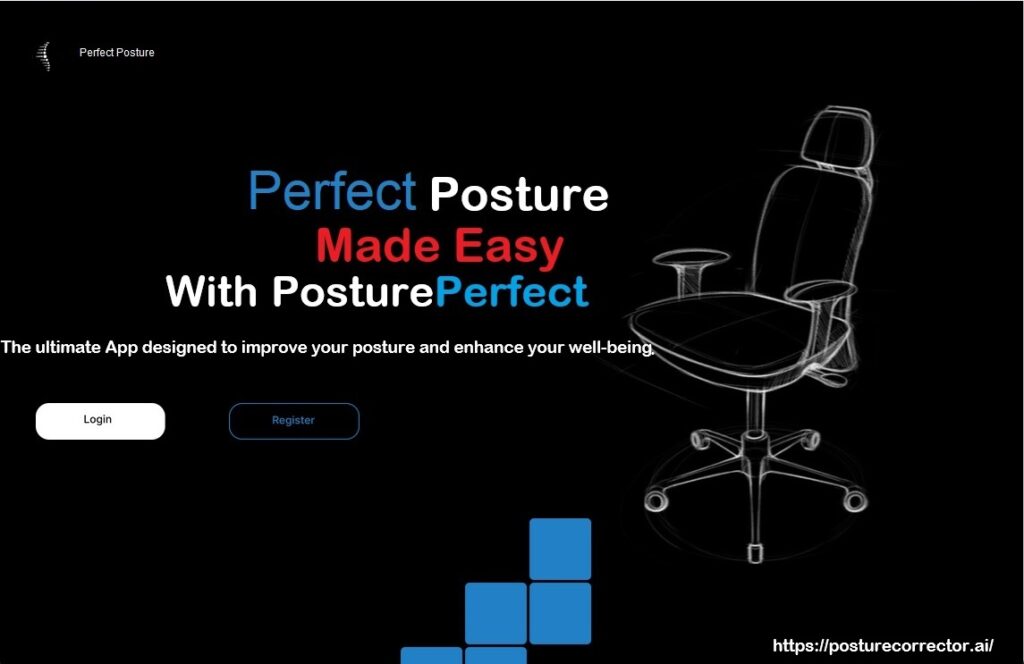Walking and running are two of the most popular cardiovascular exercises, offering unique benefits for health, fitness, and endurance. While one might seem more beneficial than the other, your choice ultimately depends on factors like your fitness goals, joint health, and overall lifestyle. In this guide, we explore the pros and cons of each exercise, the importance of posture, and how tools like PosturePerfect, a posture correction software, can enhance your workout efficiency and support joint health.
PosturePerfect is designed to help users monitor and improve their posture during any physical activity, such as walking or running. It’s available free to download, with full feature access costing only £9.99/month, including a 5-day free trial.
Benefits of Walking
Walking is a low-impact exercise, meaning it places minimal stress on your joints, making it ideal for people with arthritis or those recovering from injuries. Walking is also easy to incorporate into daily life, whether by walking your dog, going for a hike, or taking short breaks during the workday.
Advantages of Walking:
- Joint-Friendly Exercise: Walking provides a gentler way to increase heart rate without putting excess strain on joints. Unlike running, which includes a phase where both feet leave the ground (increasing impact on landing), walking involves a continuous step transfer, making it suitable for long-term joint health.
- Improves Aerobic Capacity: Walking engages your slow-twitch muscle fibers, which are endurance-oriented and efficient at burning fat. This low-intensity activity gradually increases aerobic capacity, allowing the body to better utilize oxygen during exercise.
- Supports Glucose Control: Regular walking helps improve blood glucose control by contracting muscle fibers and encouraging glucose uptake, helping to regulate blood sugar and reduce diabetes risk.
- Promotes Better Posture: Walking with good posture helps balance your core muscles, reduce strain on the spine, and prevent discomfort over time. Using PosturePerfect can help you maintain correct posture while walking by sending real-time alerts if your alignment strays. This feature ensures that you maximize the benefits of each walk.
Benefits of Running

Running is a higher-intensity exercise than walking, which can burn more calories in less time, enhance cardiovascular health, and build endurance. However, running also involves more stress on joints, which can lead to injuries if not done correctly or without proper form.
Advantages of Running:
- Increases Cardiovascular Efficiency: Running challenges your heart to pump more blood efficiently, strengthening cardiac output and circulation. Over time, this can lead to improved heart health and endurance.
- Maximizes Caloric Burn: Running at a higher intensity burns calories faster than walking, making it an efficient exercise for those aiming for weight loss. Due to its impact, runners often see improvements in aerobic capacity in less time compared to walkers.
- Enhanced Glucose Metabolism: As with walking, running stimulates muscle fibers to use glucose, helping to manage blood sugar levels and prevent diabetes. Running, however, uses more fast-twitch muscle fibers, which increases overall calorie burn.
- Builds Muscle and Bone Strength: Running can help build muscle in the legs and improve bone density. The higher impact on bones encourages adaptations that strengthen them over time.
Pros and Cons of Walking and Running
Each exercise type has specific pros and cons, especially when it comes to impact on joints, cardiovascular benefits, and ease of incorporation into daily life.
Running Pros:
- Effective calorie burn in less time
- Boosts heart and cardiovascular strength
- Provides muscle-building benefits
Running Cons:
- High impact on joints, which may cause discomfort or injury
- Can be challenging for people with arthritis or joint pain
Walking Pros:
- Low-impact exercise ideal for joint health
- Easier to incorporate into daily routines
- Still provides cardiovascular benefits over time
Walking Cons:
- Lower calorie burn per minute than running
- Does not build muscle as effectively as running
Choosing the Right Exercise Based on Your Goals and Joint Health
When deciding between running and walking, consider your fitness goals, joint health, and personal preferences. Both exercises have unique advantages, and in some cases, a combination may be the best approach.
If You Have Joint Sensitivities:
Walking is often more sustainable for individuals with joint issues. Adding incline walking on a treadmill or carrying light weights can increase intensity without risking joint damage. PosturePerfect can be a valuable tool here, as maintaining good posture during walking reduces strain on the knees and hips.
If You’re Focused on Calorie Burn:
Running may be more efficient for those looking to lose weight or burn more calories in less time. However, if you’re new to running, start slow and gradually increase your distance and intensity to avoid injury. Using PosturePerfect during runs can help you monitor your posture to prevent strain on your spine and lower body.
If You Prefer a Mixed Approach:
Combining walking and running in intervals can provide the benefits of both exercises. Interval training, where you alternate walking and running, boosts cardiovascular health, burns calories, and reduces joint strain compared to continuous running.
Integrating PosturePerfect for Optimal Posture and Performance
Whether you’re walking or running, posture plays a crucial role in exercise effectiveness and injury prevention. Poor posture can cause misalignment in the spine, excess strain on joints, and even compromise muscle engagement.
PosturePerfect is a powerful solution for posture improvement. As a downloadable software, it offers:
- Real-Time Posture Alerts: Get instant feedback if you start slumping or deviating from a neutral spine alignment.
- Customizable Reminders: Set reminders for optimal posture alignment during your workout.
- Easy-to-Use Interface: Suitable for everyone, whether you’re a beginner or seasoned athlete.
With PosturePerfect, available for £9.99/month after a 5-day free trial, you can enjoy a unique posture-tracking solution designed to support your fitness and ergonomic goals. A money-back guarantee makes it risk-free, ensuring satisfaction.
Tips for Incorporating Walking or Running into Your Routine
No matter which option you choose, here are some tips for getting started and ensuring long-term success:
- Start Gradually: When beginning a new workout, ease into it. This approach prevents overuse injuries, especially if you’re not used to regular activity.
- Monitor Your Body: It’s natural to feel some soreness initially, but severe discomfort may signal overuse. Reduce intensity or duration as needed and adjust your form with the help of PosturePerfect.
- Seek Professional Guidance: For those unsure where to start, a fitness coach or physical therapist can offer personalized advice. They can also suggest supportive gear, like proper footwear, which can prevent strain during either exercise.
- Mix Things Up: Whether you choose walking, running, or both, variation is key. Change your routes, try different paces, or add intervals for a more engaging workout.
Conclusion: Running and Walking for Health and Fitness
Both walking and running offer significant health benefits and can be integrated into any fitness routine with the right approach. Evaluate your goals, physical condition, and preferences to determine which exercise is the best fit. Remember, good posture is essential in either activity, and tools like PosturePerfect make it easy to maintain.
PosturePerfect is free to download with a 5-day trial and costs only £9.99/month for full features. From personalized posture alerts to activity reminders, PosturePerfect supports you in achieving your fitness goals safely and effectively.


Leave a Reply